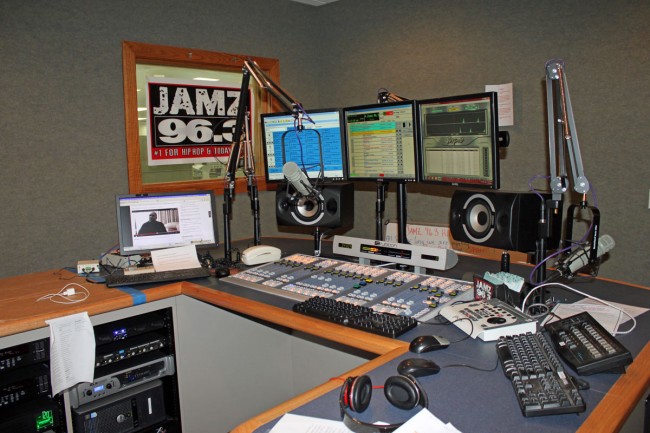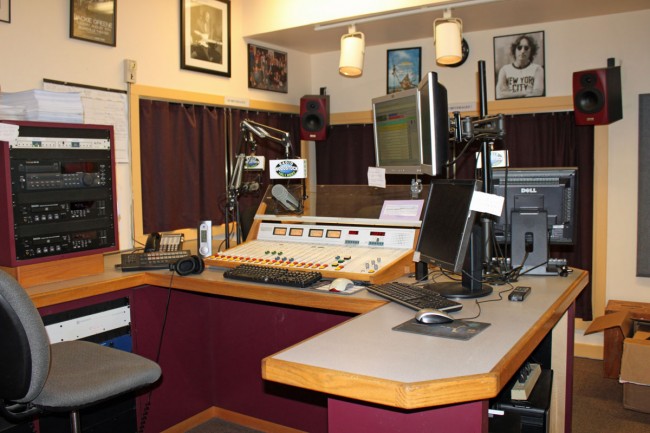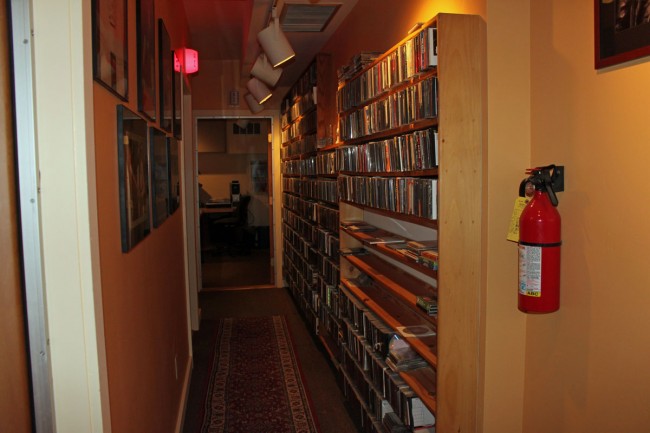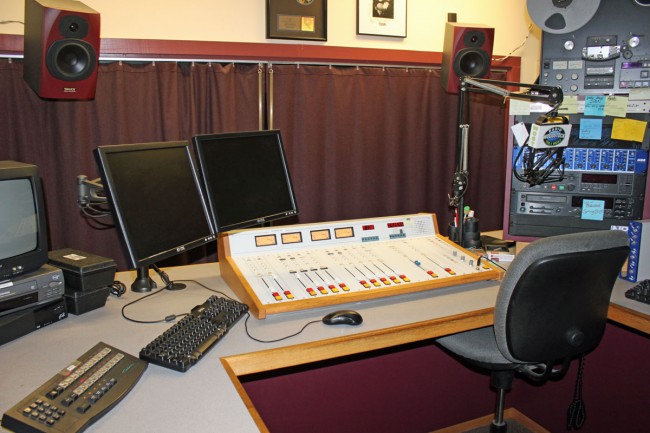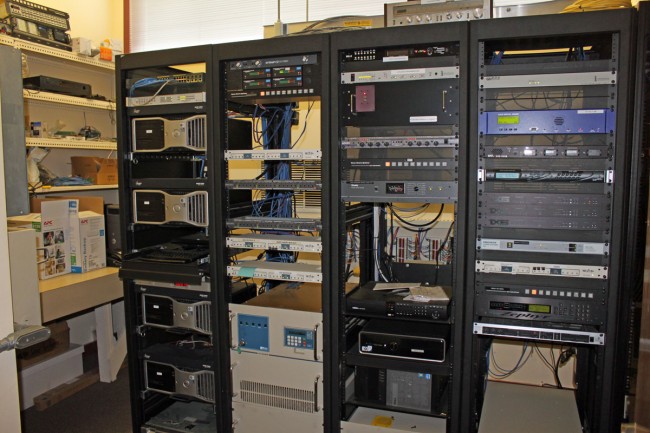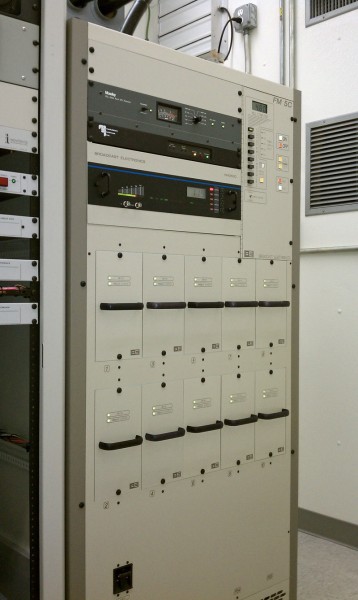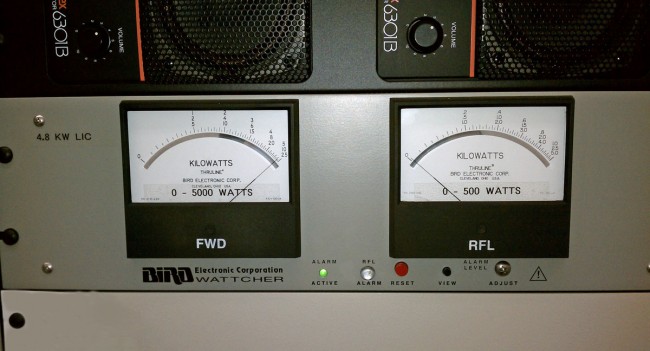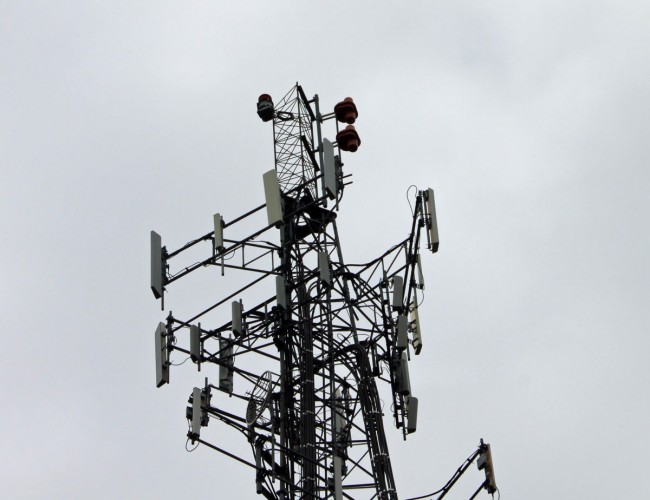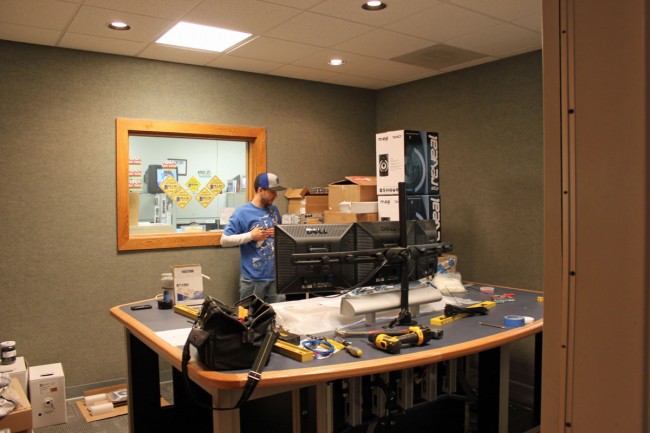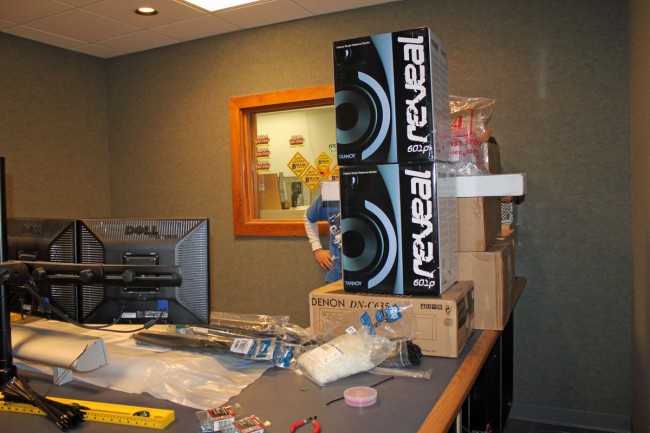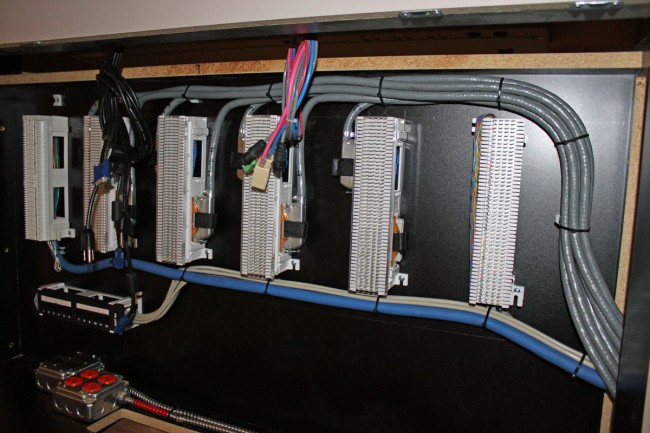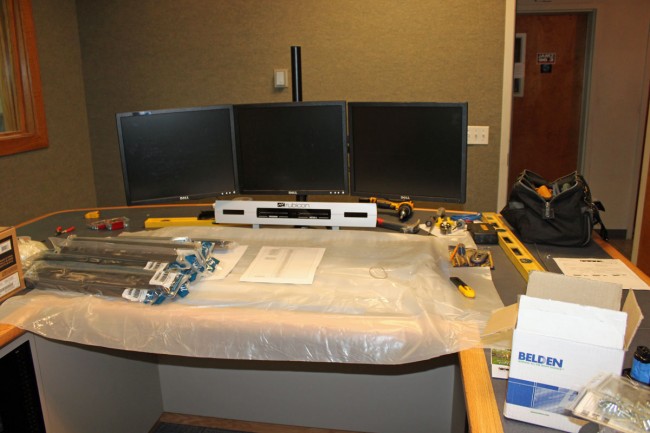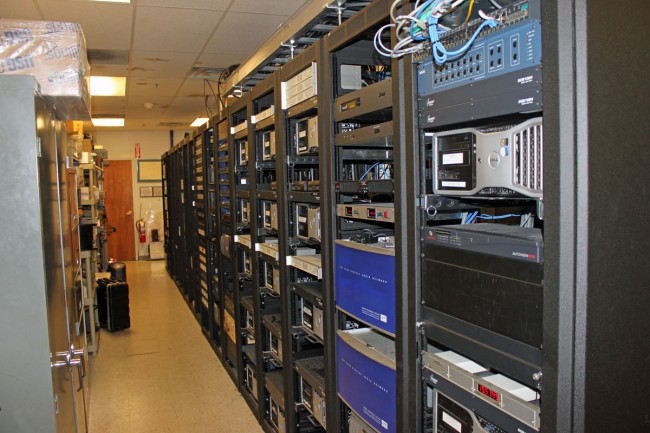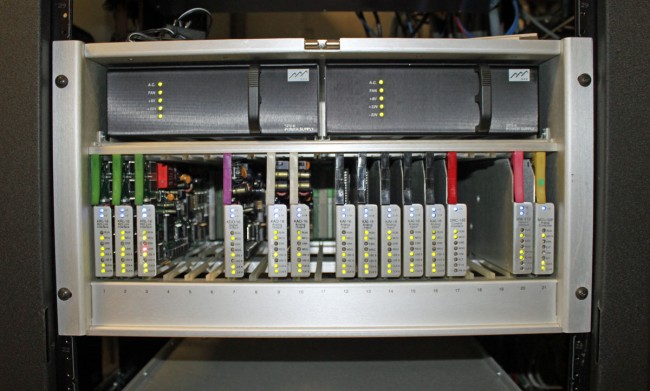As it turns out, 300 kbp/s or greater. At least in critical listening environments according to the paper titled Perceived Audio Quality of Realistic FM and DAB+ Radio Broadcasting Systems (.pdf) published by the Journal of the Audio Engineering Society. This work was done by a group in Sweden that made various observations with different program material and listening subjects. Each person was given a sample of analog FM audio to listen to, then they listened to various audio selections which were using bit reduction algorithms (AKA CODEC or Compression) and graded each one. The methodology is very thorough and there is little left for subjective interpretation.
In less critical listening environments, bit rates of 160-192 kbp/s will work.
I made a chart and added HD Radio’s proprietary CODEC HDC, which is similar to, but not compatible with AAC:
| System | Codec | Bit Rate (kbp/s) |
| HD Radio FM; HD1 channel* | HDC (similar to AAC) | 96 – 144 |
| HD Radio FM; HD2 channel* | HDC | 24-48 |
| HD Radio FM; HD3 channel* | HDC | 24-48 |
| HD Radio AM* | HDC | 20-60 |
| DRM30 (MF-HF) | AAC/HE-AAC | 34-72 |
| DRM+ (VHF) | AAC/HE-AAC | 700 |
| DAB+ | AAC/HE-AAC | 32 – 128 |
| DAB | MPEG II, Dolby Digital | 192 – 256 |
| Blu-ray | PCM** | ≥6 Mbp/s |
| DVD | PCM, DTS, Dolby Digital | >800 |
| CD-A | PCM | 1,411 |
| Web Streaming | MPEG I,II,III, WMA, AAC, etc | 32-320, 128 typical |
| iTunes | AAC | 128 – 256 |
| Spotify | Ogg Vorbis | 96 – 320 |
| Wimp | AAC/HE-AAC | 64 – 256 |
*Hybrid mode
**PCM: uncompressed data
This is the composite Mean Basic Audio Quality and 95% confidence intervals for the system across all excerpts:
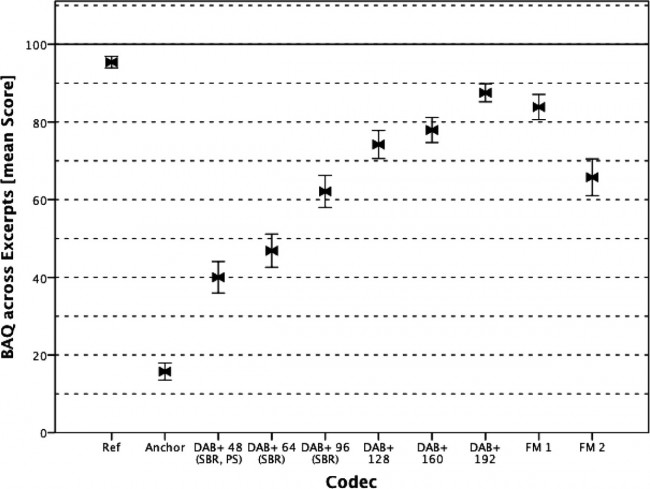
Over the years, we have simply become accustomed to and now accept low-quality audio from mp3 files being played over cheap computer speakers or through cheap ear buds. Does this make it right? In our drive to take something good and make it better, perhaps it should be, you know: Better.
Special thanks to Trevor from Surrey Electronics Limited.

